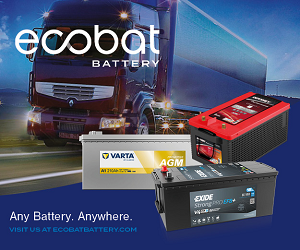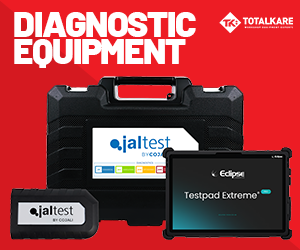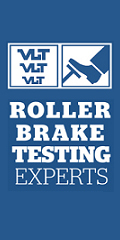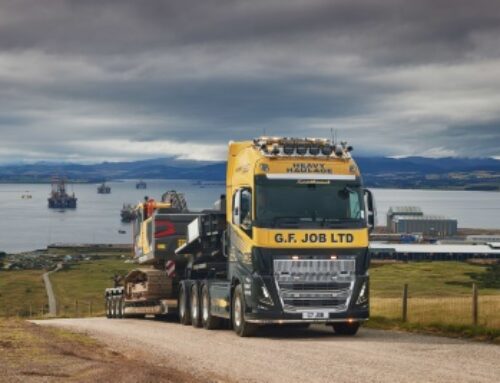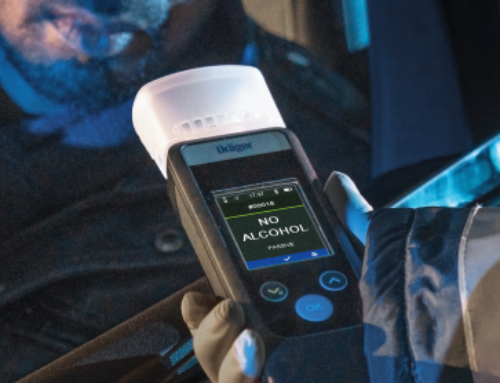Industry to turn to e-axles
With the exception of Mercedes, most of the electric trucks shown by mainstream manufacturers at IAA and previously have retained a conventional layout with a motor under the cab directly connected to a gearbox, and a prop-shaft transmitting power to a rear drive axle with a differential.
But industry suppliers are showing increasing interest in offering so-called e-axles, where the motor and transmission is integrated into the drive axle. In some cases, two asynchronous motors are used (as in the ZF axle chosen by Mercedes), which eliminates the need for a differential gearset, avoids the parasitic loss incurred turning the drive through 90 degrees, and allows a tighter turning circle without tyre scrub because on a tight turn the inside wheel can be wither unpowered or reversed. E-axles are also technology-agnostic, as they can be used with battery or fuel-cell power.
Volvo used the IAA to reveal it had a high-power e-axle in development, although it was not clear if this was an in-house product or a proprietary solution.
However, the use of a reduction gearbox allows manufacturers to specify a smaller, less powerful electric motor, and fitting a multi-ratio transmission allows the truck a greater range of road speed while keeping the motor turning at a high, and therefore more efficient, speed. Eaton has developed an electric-specific gearbox that fits into the same space as a conventional transmission. It has just four speeds, and is rated to handle 2,600 Nm of torque, motor speeds of 5,000 rpm, and gross combination weights of up to 43 tonnes. Functioning as an automated manual transmission, it has no clutch, and sifts are synchronised by the truck’s traction motor. Fine-pitch helical gears mini-mise noise.
 Meritor’s e-axle technology was said to be a key attractant when Cummins took that company over earlier this year. Cummins had Meritor-derived e-axles on display at IAA.
Meritor’s e-axle technology was said to be a key attractant when Cummins took that company over earlier this year. Cummins had Meritor-derived e-axles on display at IAA.
The new 17Xe is designed for gross combination weights of up to 44 tonnes and has a continuous output of 420 KW. The motor and three-speed transmission are mounted to the front of the axle, and drive a conventional differential gear.
Hub-reduction wheel-ends can be specified for ultra heavy-duty applications, and the inverter is integrated into the design.
The axle’s layout also makes it suitable for diesel-hybrid applications.
Meanwhile, Allison Transmission is working with manufacturers including Hino to integrate its range of e-axles into production trucks, with products rated for 10.4 and 13 tonne axle weights. It offers a choice of single or dual-asynchronous motor lay-outs.
Its European flagship model eGen Power 130D is designed for axle weights of up to 13 tonnes and features two asynchronous motors with a combined output of up to 648 kW (equivalent to a staggering 869 hp), and an integrated two-speed transmission.
The motors are water-cooled, and the axles use standard suspension attachment points.
Low voltage connections for systems such as ABS also follow current industry convention.
All electricals downstream of the chassis-mounted inverter are carried within the axle, liberating chassis space for extra batteries or fuel cells and hydrogen tanks.
While the axle weighs 900 kg, Allison points out that it incorporates the motors and saves the weight of a separate transmission and prop-shaft.
British company Saietta showed an eAxle Concept of similar layout to the twin-motor Allison unit.



